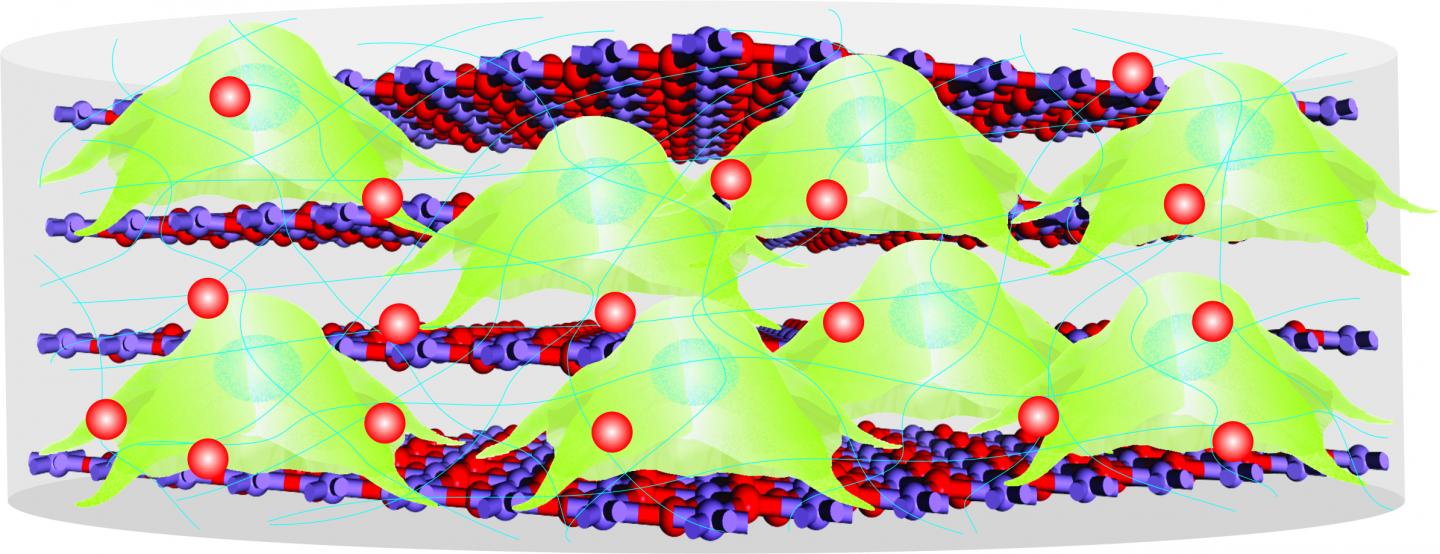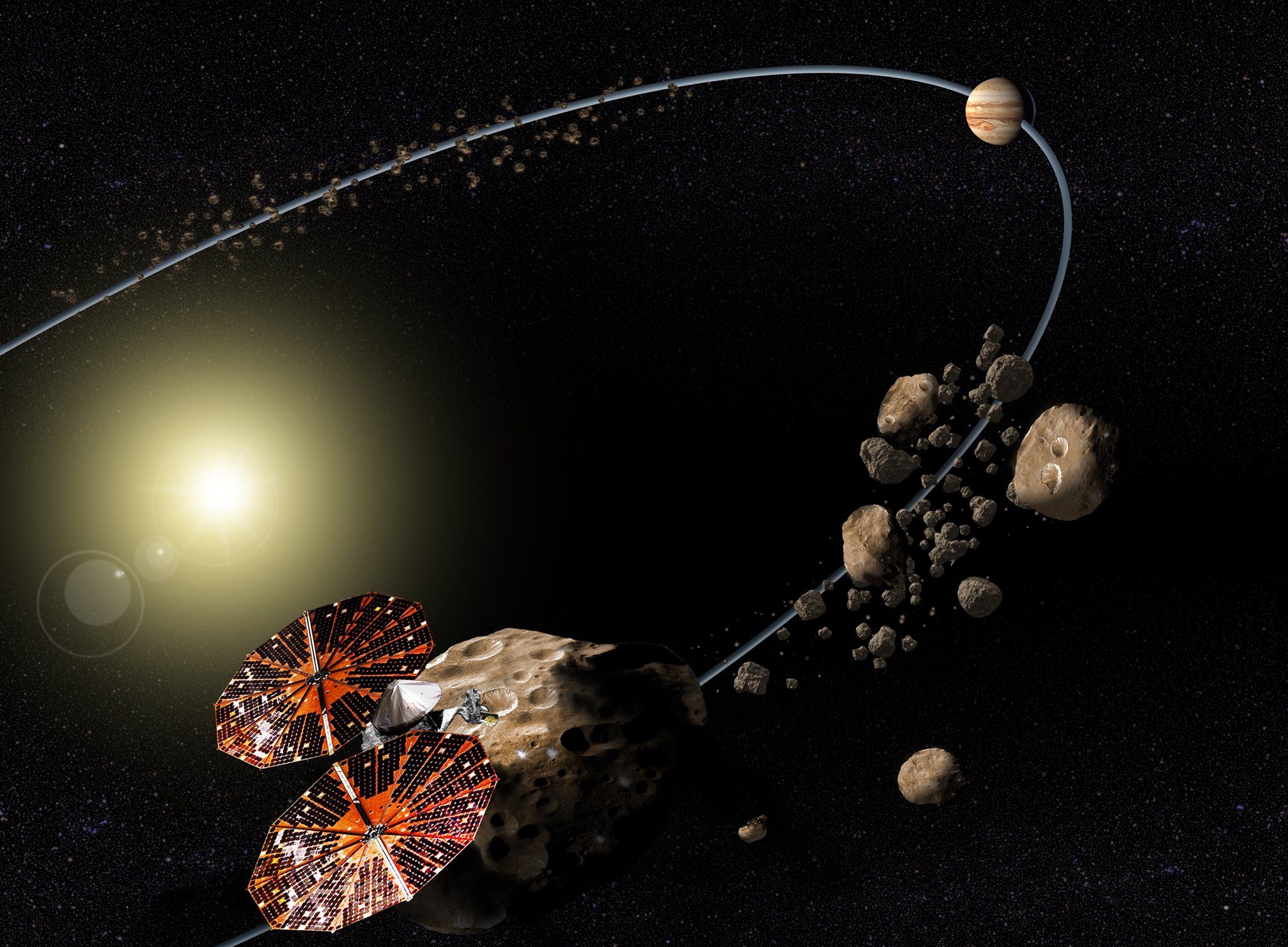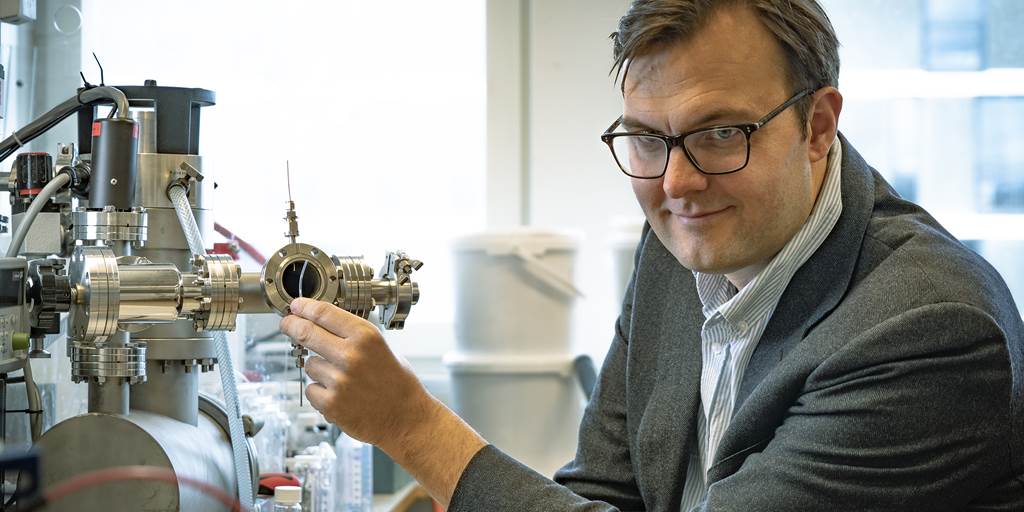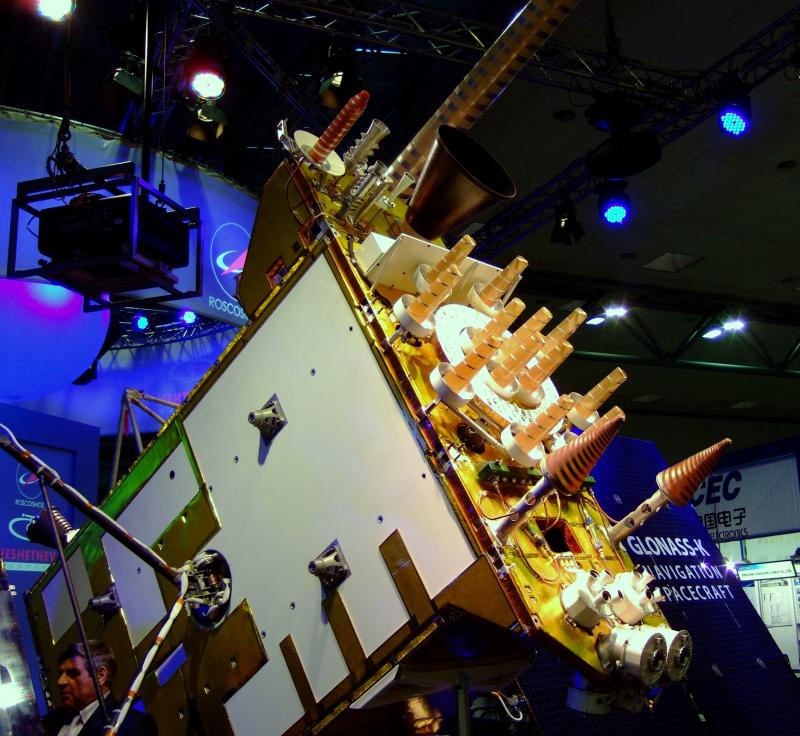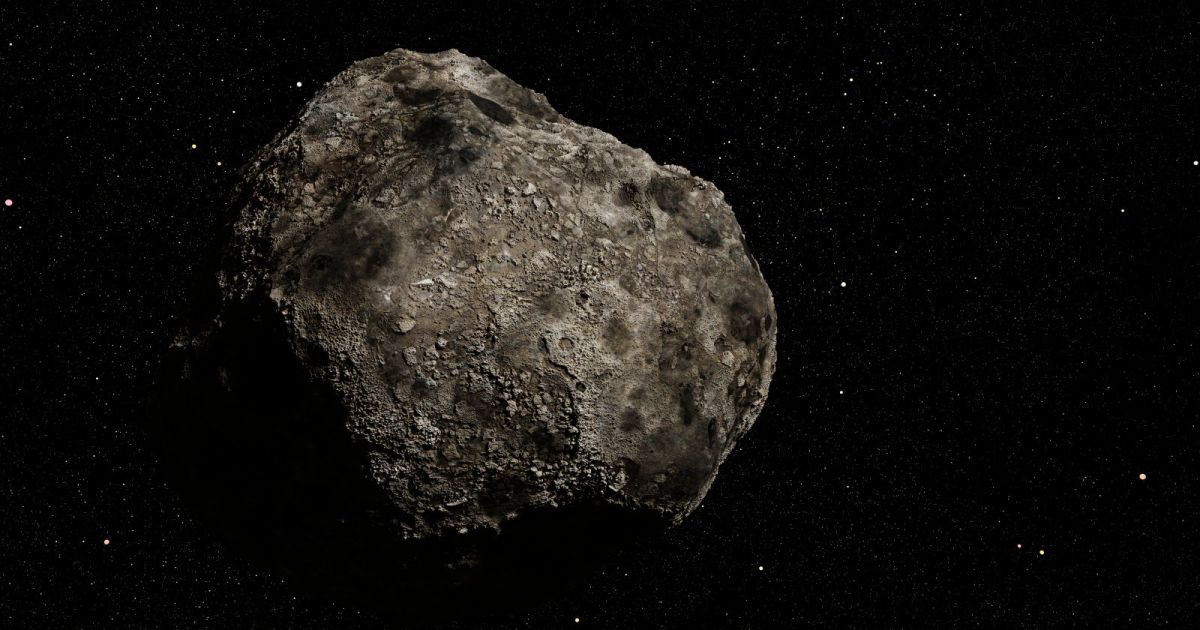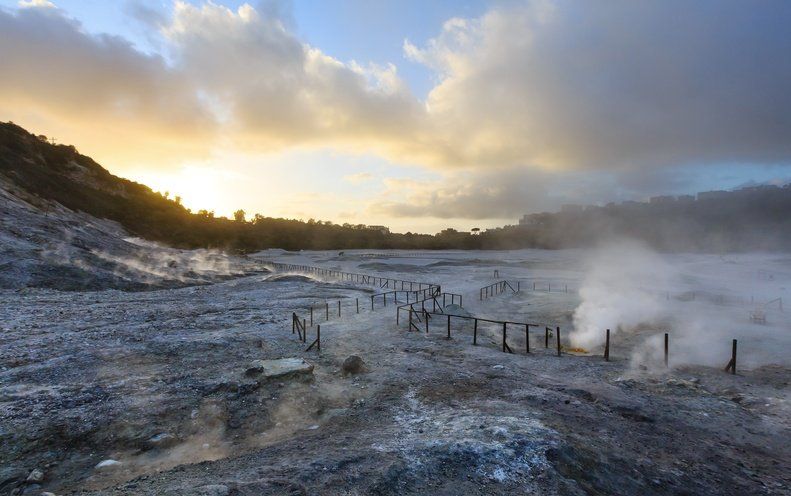Page 9425
Nov 4, 2018
Rutgers researchers advance stem cell therapy with biodegradable scaffold
Posted by Genevieve Klien in categories: bioengineering, biotech/medical, life extension, nanotechnology, neuroscience
Rutgers scientists have created a tiny, biodegradable scaffold to transplant stem cells and deliver drugs, which may help treat Alzheimer’s and Parkinson’s diseases, aging brain degeneration, spinal cord injuries and traumatic brain injuries.
Stem cell transplantation, which shows promise as a treatment for central nervous system diseases, has been hampered by low cell survival rates, incomplete differentiation of cells and limited growth of neural connections.
So, Rutgers scientists designed bio-scaffolds that mimic natural tissue and got good results in test tubes and mice, according to a study in Nature Communications. These nano-size scaffolds hold promise for advanced stem cell transplantation and neural tissue engineering. Stem cell therapy leads to stem cells becoming neurons and can restore neural circuits.
Nov 4, 2018
Feeling high with Diwata-2 in the sky
Posted by Michael Lance in categories: business, space
What was it like to see, up close, the H-IIA rocket (that carried Diwata-2) leave the grounds of Japan’s Tanegashima Space Center last October 29? Here’s a firsthand account from BusinessMirror.
WHILE waiting for the launching of Diwata-2 at the view deck in Tanegashima Space Center in Kagoshima, Japan, with our cameras trained at the launch site, Dr. Joel Marciano, the head of Philippine Scientific Earth Observation Microsatellite Program (PHL-Microsat) whispered: “Don’t just look at the rising rocket [named H-IIA F40 that carries Diwata-2] through your camera. Look at the real event so you can feel it.”
I didn’t know and did not have the time to ask what he meant by “feel it.”
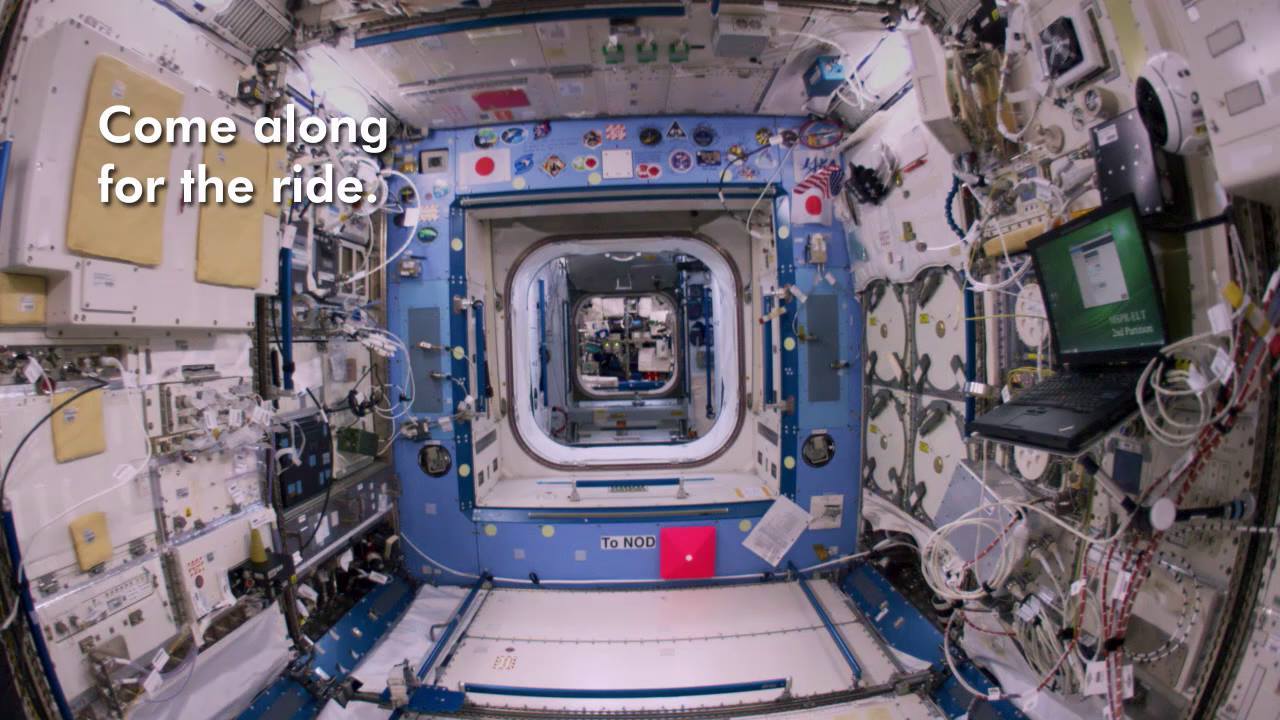
The International Space Station is your orbiting laboratory, and the science being conducted there will help us push farther into deep space, while providing benefits back on Earth. Microgravity unlocks new worlds of discovery. Dive into what we’re learning: 🔬🚀.
Nov 4, 2018
We have an official green light for “Lucy,” launching in 2021
Posted by Michael Lance in category: space
Lucy is a mission to primitive asteroids orbiting Jupiter, where we’ll learn about planetary origins and the formation of the solar system. Lucy will complete a 12-year journey to seven different asteroids, more destinations in independent orbits than any space mission in history.
Nov 4, 2018
Scientists are trying to bottle solar energy and turn it into liquid fuel
Posted by Genevieve Klien in categories: solar power, sustainability
What if we could bottle solar energy so it could be used to power our homes and factories even when the sun doesn’t shine?
Scientists have spent decades looking for a way do just that, and now researchers in Sweden are reporting significant progress. They’ve developed a specialized fluid that absorbs a bit of sunlight’s energy, holds it for months or even years and then releases it when needed. If this so-called solar thermal fuel can be perfected, it might drive another nail in the coffin of fossil fuels — and help solve our global-warming crisis.
Unlike oil, coal and natural gas, solar thermal fuels are reusable and environmentally friendly. They release energy without spewing carbon dioxide and other greenhouse gases into the atmosphere.
Continue reading “Scientists are trying to bottle solar energy and turn it into liquid fuel” »
Nov 4, 2018
Soyuz 2.1b launches new GLONASS-M navigation satellite
Posted by Genevieve Klien in category: space travel
Russia has continued the expansion of its GLONASS constellation with the Saturday, Nov. 3, 2018 launch of a Soyuz 2.1b rocket from the Plesetsk Cosmodrome located in northern Russia.
The GLONASS-M (GLONASS-M No. 757) spacecraft that was sent aloft will now become part of Russia’s Global Navigation Satellite System (GLONASS). The rocket and its payload took to the late evening’s skies at 11:17 p.m. Moscow time (20:17 GMT / 3:17 p.m. EST) from Plesetsk’s Pad 4 at Site 43.
Nov 4, 2018
Blockchain company buys asteroid mining firm Planetary Resources
Posted by Genevieve Klien in categories: bitcoin, space
Nov 4, 2018
Will Italy’s Ominous Supervolcano Erupt Soon?
Posted by Genevieve Klien in category: futurism
Phlegrean Fields is waking up. Scientists are trying to predict what it will do next, and what its unrest means for volcanoes worldwide.
- By Barbie Latza Nadeau on October 12, 2017

